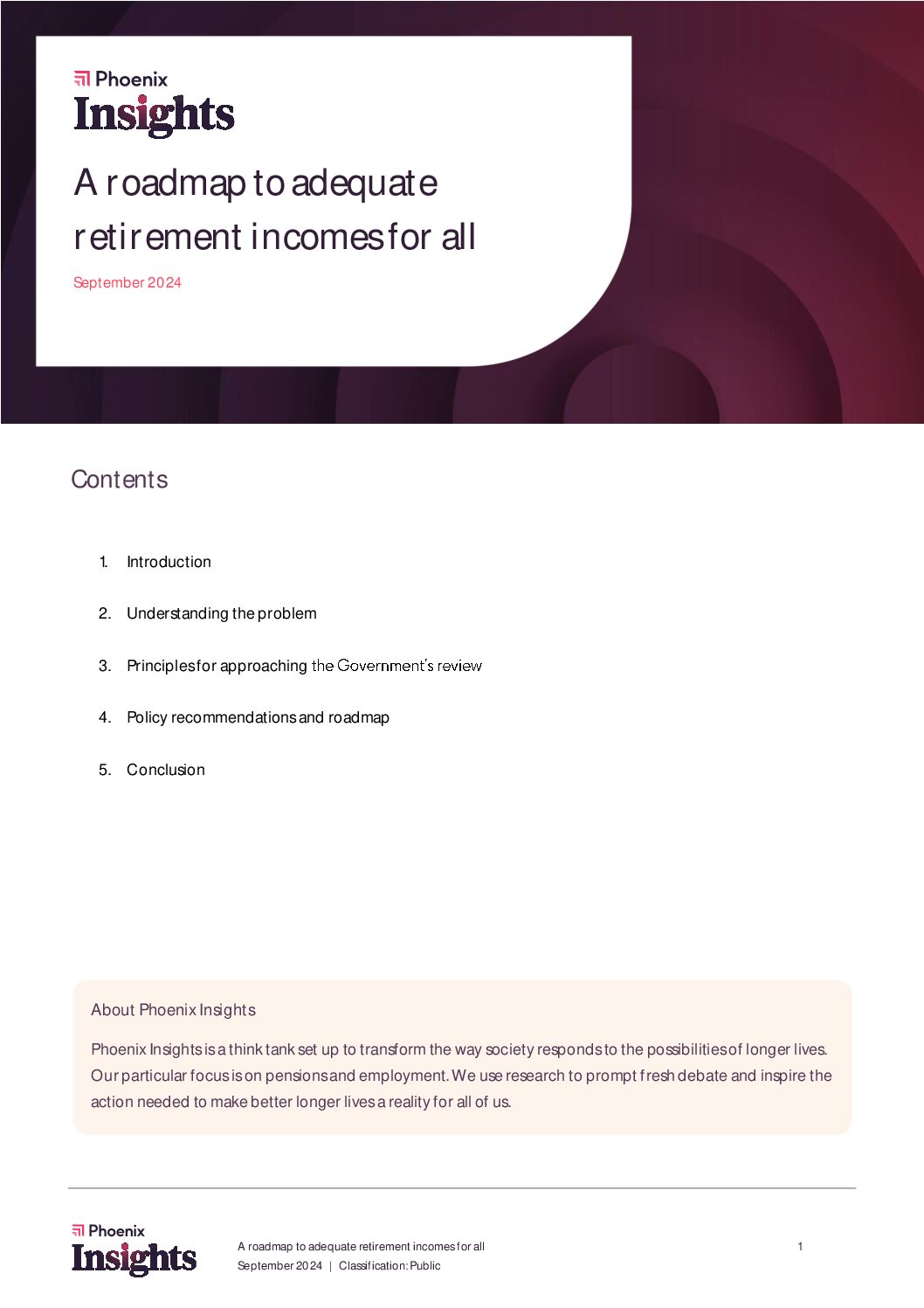World Employment and Social Outlook Trends 2021
By ILO
The pandemic has brought unprecedented disruption that – absent concerted policy efforts – will scar the social and employment landscape for years to come
The COVID-19 pandemic has caused unparalleled disruption worldwide through its devastating impact on public health, employment and livelihoods. Governments and workers’ and employers’ organizations everywhere have taken immediate measures to tackle the crisis, preserve jobs and protect incomes, though these measures have differed in scope and generosity. While such measures have been crucial in mitigating the crisis, all countries have suffered a sharp deterioration in employment and national income, which has aggravated existing inequalities and risks inflicting longer-term “scarring” effects on workers and enterprises. A resolute policy response is required to address the fragility and unevenness of social and economic conditions and bring about a human-centred recovery. In 2020, an estimated 8.8 per cent of total working hours were lost – the equivalent of the hours worked in one year by 255 million full-time workers. This summary indicator captures the various channels through which the pandemic has affected labour markets. Around half of the working-hour losses were due to the reduced hours of those who remained employed (and they can be attributed to either shorter working hours or “zero” working hours under furlough schemes). The remaining half were due to outright employment losses. Relative to 2019, total employment fell by 114 million as a result of workers becoming unemployed or dropping out of the labour force. Had there been no pandemic,the world would have created an estimated 30 million new jobs in 2020. Taken together, these losses mean that the global shortfall in employment increased by 144 million jobs in 2020 (see the figure below), drastically exacerbating the shortage of employment opportunities that already existed prior to the pandemic
Get the book here
280 views










